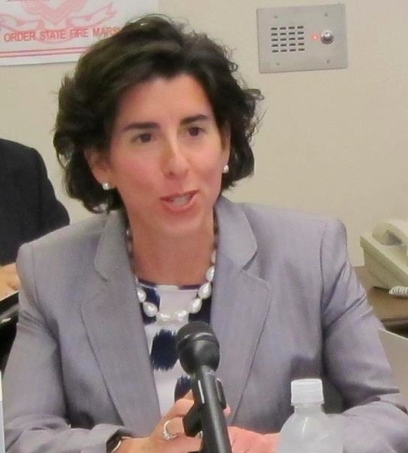The Canada Pension Plan Investment Board (CPPIB) has been an active investor in private equity, real estate and infrastructure around the world. Pension360 has covered Board’s endeavors into infrastructure and real estate in India and warehouses in California.
But those kinds of investments carry fees and expenses, and one Canadian think tank is calling on the CPPIB to make those expenses clearer. From CBC News:
The report, by former Statistics Canada chief economic analyst Philip Cross and Fraser Institute fellow Joel Emes, says the Canada Pension Plan Investment Board should more clearly explain the added costs of its new approach to investing.
Beginning in 2006, the CPPIB broadened its holdings beyond traditional stocks and bonds to invest in areas such as international real estate and infrastructure projects.
That new approach resulted in an additional $782 million for external management fees and $177 million on transaction fees, the authors say.
The CPPIB, which manages the funds not needed in the near term to pay Canada Pension Plan benefits, has moved away from traditional holdings because of low interest rates that keep bond returns low, according to CEO Mark Wiseman. In the past year, it has also invested selectively in stocks because of their high valuations.
Wiseman says the “active investment” approach is needed to create value “over an exceedingly long investment horizon” and to diversify the CPPIB portfolio.
The CPPIB has invested in infrastructure projects in countries such as Brazil and India and real estate portfolios in the U.S. and Australia.
The strategy led to returns of around 16 percent in 2013. But investment expenses have spiked as a result of the active management. From CBC:
The Fraser Institute argues the CPP has faced a big hike in the cost of its investments as a result of its new strategy — from $600 million or 0.54% of assets in 2006 to $2 billion or 1.15 per cent of its assets in 2013.
That figure includes the cost of collecting the CPP from Canadian paycheques and sending benefits to pensioners.
It is being less than transparent in failing to report its external management fees and transaction costs as part of CPPIB accounts, the report says. Instead those costs appear in federal government public accounts and overall accounts for CPP.
“The CPPIB needs to be more transparent about the expense of designing and implementing its investment strategy; every dollar spent on behalf of the CPP is one less dollar available to beneficiaries,” the Fraser Institute says.
External management fees might include investment banking fees, consulting fees, legal and tax advice and taxes on transfer of real estate, which would apply to the new style of investing, but might not be as high in stock and bond investing.
The Fraser Institute, the think tank that produced the report, advocates for smaller government and greater personal responsibility.




